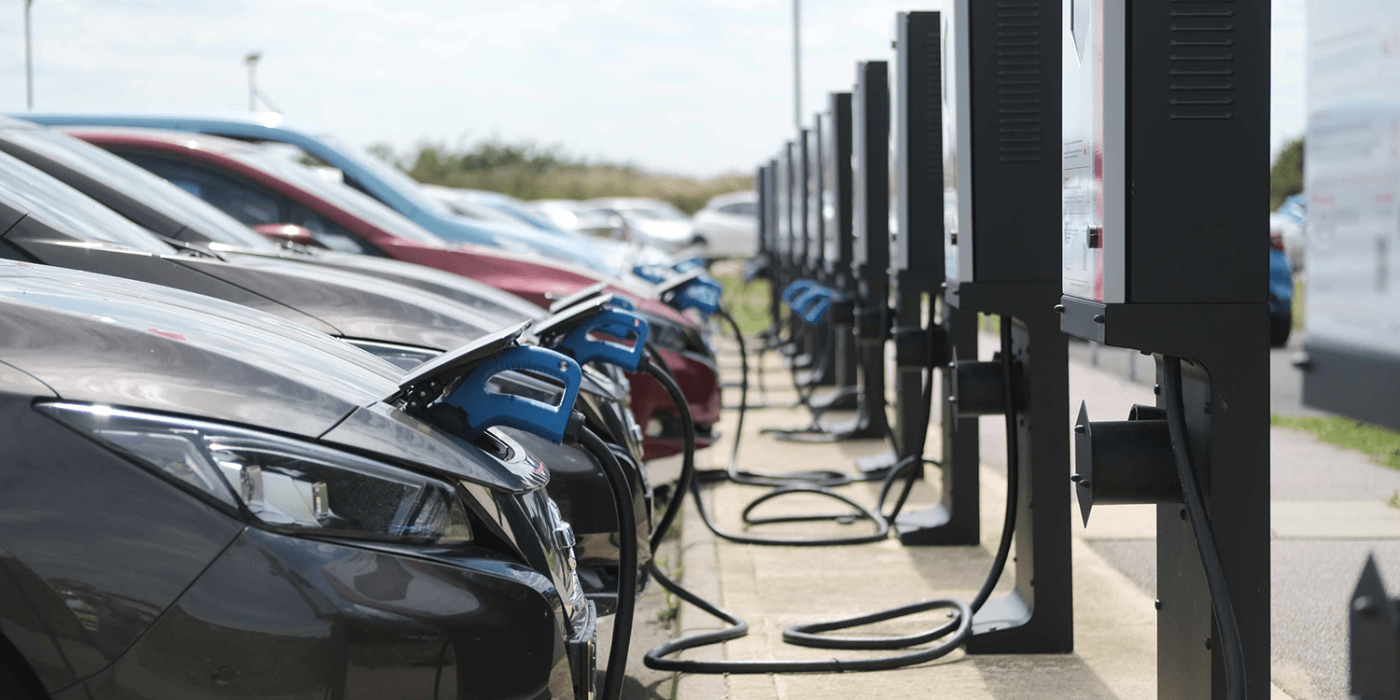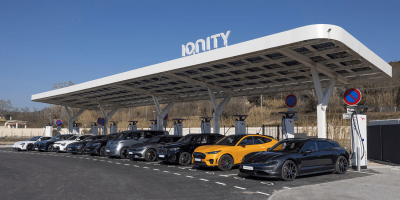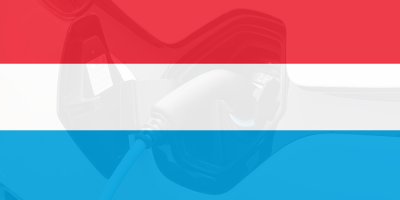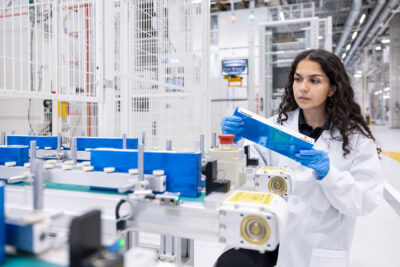EU reveals Sustainable and Smart Mobility Strategy
The European Commission has published its Sustainable and Smart Mobility Strategy with an Action Plan involving 82 initiatives that should guide transport policies in Europe for the next four years. The Strategy also includes transport industry transition targets by 2030, 2035 and 2050.
The strategy has now been published and contains some of the same figures for road traffic that were leaked in advance: At least 30 million emission-free vehicles, three million charging points and 1,000 hydrogen filling stations by 2030. The document should serve as a basis for making the EU transport system greener, more digital and more resistant to future crises.
In addition to the 30 million vehicles mentioned above, 100 European cities are to be climate-neutral and the high-speed train network is to double by 2030. By 2035, emission-free large aircraft should be ready for the market. By 2050, “almost” all new cars, vans, buses and heavy goods vehicles should be emission-free, rail freight traffic should double, high-speed rail should triple while the multimodal Trans-European Transport Network (TEN–T) should be equipped with “sustainable and smart transport with high-speed connectivity will be operational for the comprehensive network.”
Frans Timmermans, Executive Vice President for the European Green Deal said: “Today’s strategy will shift the way people and goods move across Europe and make it easy to combine different modes of transport in a single journey.” Transport Commissioner Adina Vălean adds: “We need to provide businesses a stable framework for the green investments they will need to make over the coming decades.”.
The Strategy document puts particular focus on rail and multi-modal transport along with the fortification of measures to increase the uptake of electric cars, vans and trucks. Flying should be significantly reduced and brought to zero-emission propulsion systems for aircraft, while the maritime sector has again been mentioned for special focus in decarbonisation. This is specifically mentioned in the passage that “Air and waterborne transport have greater decarbonisation challenges in the next decades, due to current lack of market-ready zero-emission technologies, long development life cycles of aircraft and vessels.” Interestingly, the Commission says that “These modes must have priority access to additional renewable and low-carbon liquid and gaseous fuels since there is a lack of suitable alternative power trains in the short term.” For more specific measures on these fronts, later on in the document points 39 to 45 deal with freight, rail and waterways. Here the Strategy states that: “The European Green Deal calls for a substantial part of the 75% of inland freight carried today by road to shift to rail and inland waterways.”
The 82 measures also have greater ramifications for carmakers than just transitioning to electric cars and building charging structure. There is a clear move in the promotion of multimodal transport to reduce the overall number of motorised vehicles on the roads.
The least polluting modes of transport will be prioritised, which is reflected in what the strategy calls “polluter pays, user pays” models, the announced end of fossil fuel subsidies and the stipulation that the most sustainable choice of transport should be clearly indicated. “With adequate information on the environmental footprint and a more systemic opportunity for consumers to voluntarily offset their travel, consumer and businesses will be empowered to make more sustainable delivery and transport policies” Point 52 specifically addresses the ability for vehicle makers to engage in greenwashing when extolling the virtues of lower-emission transport modes.
Also affecting the modal mix in European cities, which specifically means a boost for micromobility, public transport and rail services, are detailed points 28 to 39. These include significant measures for rail including and for urban transport including a reduction in motorised vehicles, and an increase in micromobility and multi-modality. This section is entitled: “We need to make sustainable alternatives widely available to enable better modal choices.”
Otherwise, from point 56 onwards 63, smart mobility and greater digitalisation is addressed so that “users can experience a seamless multi-modal experience throughout their journey”. For electric and fossil-fuelled carmakers alike there is a clear thrust towards a more spatially-optimised modal mix of transport in urban environments. Here, the Strategy states that: “To create a truly smart transport system, efficient capacity allocation and traffic management must also be addressed to avoid capacity crunch.”
Point 78 tackles fleets and the transition of fleets into clean vehicles: “SMEs need easier access to finance, notably for fleet renewal and other innovative and green investments. This can be achieved through clearer communication and guidance, dedicated administrative support and simplified financial support schemes.”
Generally, the Strategy aims to Reinforce the Single Market – “for instance through reinforcing efforts and investments to complete the Trans-European Transport Network (TEN-T) by 2030 and support the sector to build back better through increased investments, both public and private, in the modernisation of fleets in all modes.”
The strategy mentions the indications laid bare by the COVID-19 pandemic and the more sustainable and less polluting trends as well as vulnerabilities that were exposed by the crisis. In summary, the Commission says “With increased public and private investment in the modernisation and greening of our fleets and infrastructure, and by reinforcing the single market, we now have a historic opportunity to make European transport not only more sustainable but more competitive globally and more resistant to any future shocks.”
europa.eu (announcement update) europa.eu (strategy plan as PDF)





0 Comments